Beyond Imagination: AI’s Transformative Impact On Graphic Design
Step into the future of graphic design with ‘Beyond Imagination,’ exploring AI’s game-changing impact. See how AI transforms creativity, speeds up work, and opens new design possibilities. From creating layouts automatically to enhancing images, AI is reshaping how we do graphic design.
What Is Graphic Design?
Graphic design is the perfect blend of creativity and technology, transforming ideas into captivating visual stories. It uses typography, color, images, and layout to share information. Graphic designers tell stories with pictures that interest, teach, and inspire people. They use creativity to make stories that people remember. Typography is about arranging and styling text. Color theory studies how colors make us feel. Layout puts visual elements in places that catch your eye. Graphic design is used in many ways—like in printed things (posters, brochures) and online (websites, social media). It helps brands create a look with logos and ads.As technology gets better, graphic design uses new tools like motion graphics and interactive designs to make things more interesting for users. Overall, graphic design is important because it helps us communicate better and understand the world around us.
Types Of Graphic Design?
Graphic design includes many different types, each designed for specific purposes and people. Here are a few that you often see.
- Print Design – This includes any design intended for printed materials, such as brochures, magazines, posters, and business cards. Print designers focus on layout, typography, and color to create visually appealing designs that capture attention in physical formats.
- Web Design – Web design involves creating the layout and visual appearance of websites. Designers consider user experience (UX) and user interface (UI) to ensure websites are visually engaging, easy to navigate, and responsive across devices.
- Branding and Identity Design: – This type specializes in crafting a brand’s visual identity, encompassing logos, color palettes, typography, and overall aesthetics. Branding designers skillfully unify these elements to reflect a company’s values and vision.
- Advertising Design :- Advertising designers create visuals for promotional campaigns across various media, including print, digital, and social media. Their goal is to capture attention and drive action, whether it’s clicking an ad or making a purchase.
- Packaging Design :- Packaging design involves creating the exterior of products. This includes the design of boxes, labels, and other packaging elements. Effective packaging not only protects the product but also attracts customers and communicates brand identity.
- Motion Graphics :- Motion graphics combine graphic design with animation to create engaging visual content for videos, presentations, and advertisements. This type of design is popular in multimedia storytelling and digital marketing.
- Environmental Design :- Environmental design focuses on creating visual experiences in physical spaces, such as signage, wayfinding systems, and exhibit designs. It aims to enhance the user experience in environments like museums, parks, and retail spaces.
- UI/UX Design :- User Interface (UI) and User Experience (UX) design are critical for creating digital products like apps and websites. UI designers focus on how the product looks, while UX designers ensure that it functions well and provides a seamless experience for users.
- Infographic Design :- Infographic designers create visual representations of data and information. This type of graphic design helps simplify complex topics, making them more understandable and engaging for audiences.
- Social Media Design :- This involves creating visuals specifically for social media platforms, including posts, stories, and ads. Designers tailor content to fit the unique requirements and aesthetics of each platform.
Why Graphic Design Is Important?
Graphic design is crucial in our world where visuals are important for communication. It helps simplify complicated ideas, making them more interesting and easier to understand.
One of its main jobs is to create and strengthen a brand’s identity. A well-designed logo and consistent colors help businesses stand out from their competitors.
Graphic design also helps make information clearer by presenting it in attractive ways. For example, infographics organize data so it’s easy to remember, which is really useful in advertising.
Also, graphic design uses colors, pictures, and fonts to create strong feelings and connections. These elements can make people feel strongly and motivate them to take action, like buying something or supporting a cause.
As digital platforms grow, there’s a bigger need for eye-catching visuals. Graphic design makes websites and apps easier and more enjoyable to use, which keeps people engaged.
Overall, graphic design isn’t just about making things look good. It’s about effective communication, keeping a brand’s image strong, and connecting with people’s feelings. It shapes how we understand information and connects with audiences in today’s fast-paced world of business and media.
Exploring How AI Transforms Graphic Design
Introduction:-
Artificial Intelligence (AI) is changing industries, including graphic design. It automates boring tasks and helps generate new ideas. AI tools make designers’ work easier and change how they create. This guide looks at AI’s effects on graphic design, its benefits, challenges, and what might happen in the future.
How AI Is Impacting Graphic Design
- Automation of Routine Tasks :- AI helps designers by doing tasks like changing image sizes, adjusting layouts, and making designs better for different platforms. This means designers have more time to be creative and strategic, letting them do their best work.
- Generative Design :- AI algorithms can analyze large amounts of data to create various design options based on specific criteria. This process, called generative design, helps designers quickly explore new and innovative ideas.
- Enhanced Creativity :- AI-powered tools can suggest color schemes, fonts, and design elements based on current trends and user preferences. This feature can spark new creative ideas and inspire designers.
- Personalization and Customization :- AI can analyze user data to create personalized designs. For example, it can tailor marketing materials to fit individual customer preferences, making them more engaging and effective.
- Design Evaluation and Feedback :- AI can help assess designs by analyzing how users interact with them. This data-driven feedback allows designers to make informed decisions and improve their work based on real-world responses.
Benefits Of AI In Graphic Design
Increased Efficiency:- Making routine tasks easier saves a lot of time and resources. This lets teams concentrate more on coming up with new ideas and growing.
Cost-Effectiveness :- Reduces the need for extensive revisions and speeds up project completion.
improved Quality :- AI tools ensure consistency and adherence to design standards.
Enhanced Collaboration :- AI can facilitate teamwork by providing a shared platform for feedback and revisions.
Challenges And Considerations
- Creativity vs. Automation :- While AI can generate designs, it may lack the emotional touch and understanding that human designers provide. Finding a balance between AI’s efficiency and human creativity is important.
- Ethical Implications :- Using AI in design raises questions about authorship and originality. Designers must consider the ethical implications of using AI-generated content responsibly.
- Learning Curve :- Integrating AI tools into existing workflows requires training and adjustment. Designers need to invest time in learning how to use these technologies effectively.
The Future of AI In Graphic Design
As AI technology continues to advance, its role in graphic design is expected to grow. Future trends may include:
More Advanced AI Tools Enhanced algorithms will offer even more sophisticated design suggestions and automation.
Greater Collaboration with AI Designers may work alongside AI as creative partners, using its strengths while keeping the human touch.
Integration with Virtual and Augmented Reality AI could help create immersive experiences, expanding the possibilities of graphic design.
The Advantages Of AI In Graphic Design
Artificial Intelligence (AI) is revolutionizing graphic design, offering numerous advantages that enhance both the creative process and the efficiency of design workflows. Here are some key benefits:
1. Increased Efficiency
AI tools make it easier by doing tasks like resizing images, making layouts, and adjusting formats for different platforms. This frees up designers to focus on more creative parts of their projects, making the design process faster.
2. Enhanced Creativity
AI can serve as a source of inspiration, providing suggestions for color palettes, typography, and design elements based on current trends and user preferences. By analyzing vast amounts of data, AI helps designers explore new ideas and concepts that they might not have considered on their own.
3. Consistency and Quality
AI tools can help ensure consistency across designs by adhering to established brand guidelines and design principles. This capability reduces the risk of errors and maintains a high quality of output, making it easier for teams to produce cohesive visual materials.
4. Data-Driven Insights
AI can analyze user interactions and feedback, providing designers with valuable insights into how their work performs in the real world. This data-driven approach allows for continuous improvement and informed decision-making, enhancing the overall effectiveness of design efforts.
Conclusion:-
Artificial Intelligence (AI) is changing graphic design by making it faster, more creative, and more consistent. By taking care of repetitive tasks, AI lets designers focus on new and exciting ideas. As AI technology improves, it creates more opportunities for collaboration and exploration, leading to better visual communication. Using AI in graphic design not only makes workflows smoother but also helps designers create engaging experiences for their audiences.


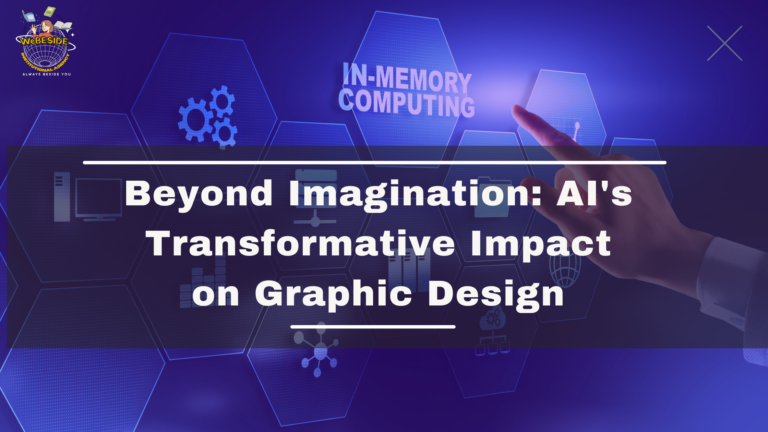
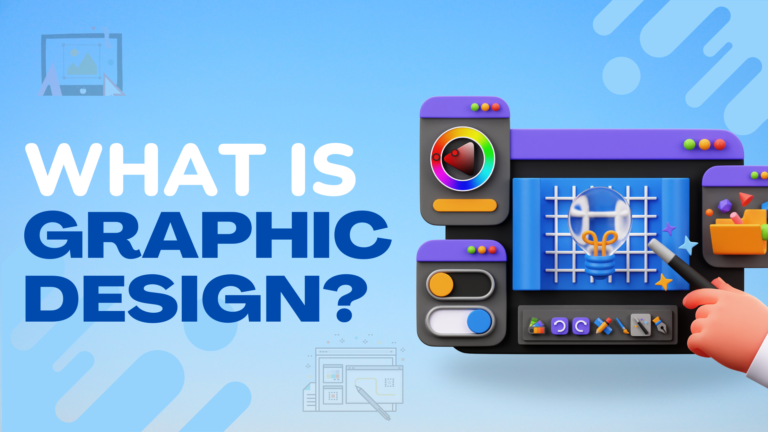
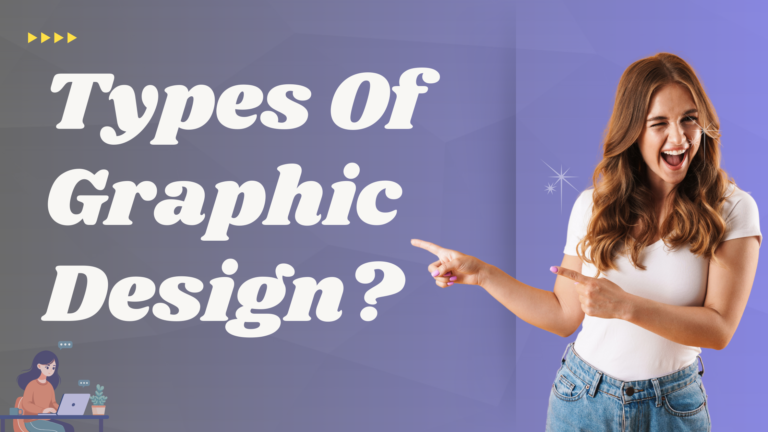
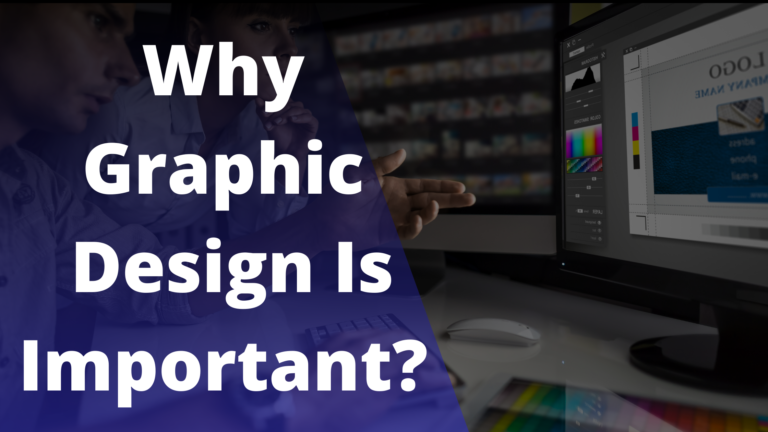
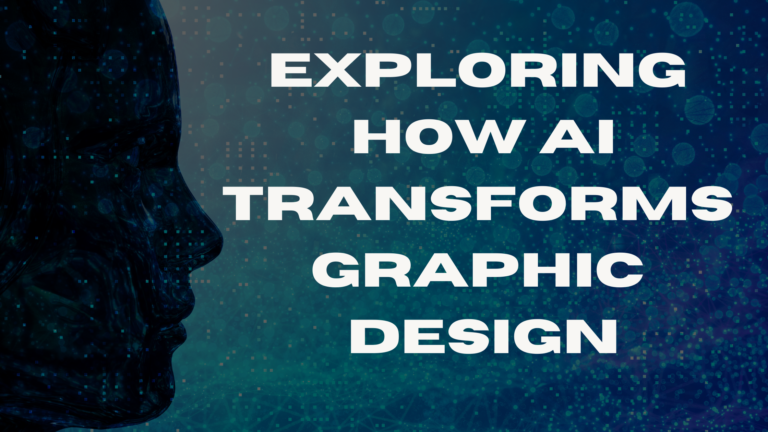
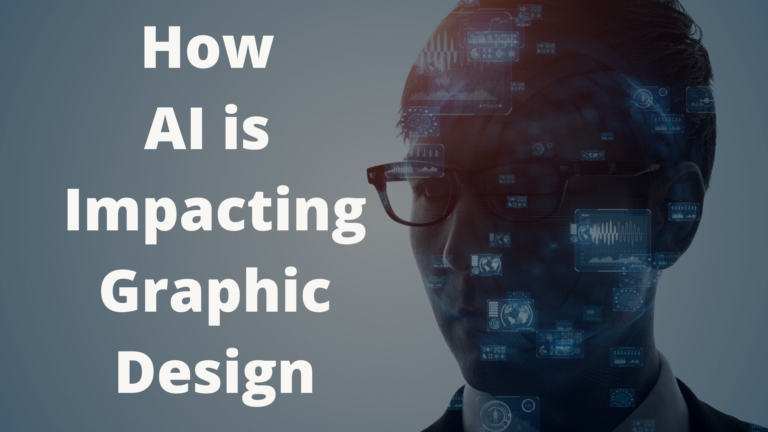

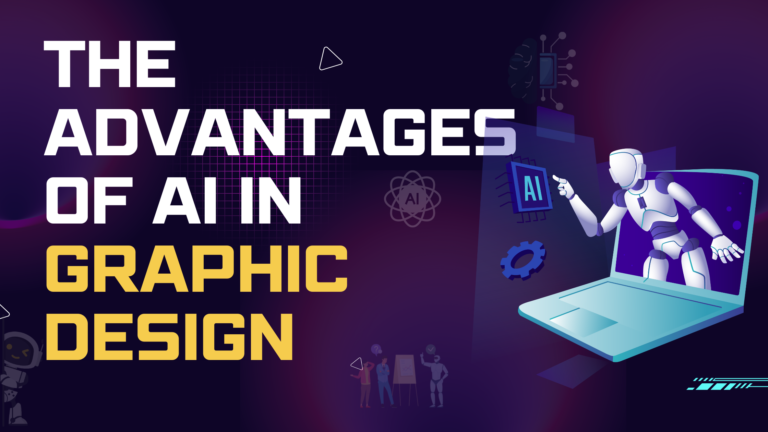
Hello I am so delighted I found your webpage, I
really found you by error, while I was searching on Yahoo for something else, Regardless I am here now and would just like to
say thank you for a marvelous post and a all round
interesting blog (I also love the theme/design), I don’t have time to read it all at the moment but I have saved it and also included your RSS
feeds, so when I have time I will be back to read a great deal more, Please do keep up
the excellent jo.!
Hi! Do you know if they make any plugins to help with Search Engine Optimization? I’m trying to get my site to rank
for some targeted keywords but I’m not seeing very good results.
If you know of any please share. Thanks! I saw similar art here: Eco wool
Some areas could cost for prime parking areas — and in some instances, that charge may be just a little an excessive amount of on your celebration price range.
sugar defender Discovering Sugar Defender has
been a game-changer for me, as I’ve constantly been vigilant about handling my blood sugar degrees.
With this supplement, I feel equipped to organize my wellness,
and my most current medical exams have actually
mirrored a considerable turn-around. Having a reliable ally in my
corner provides me with a sense of security and reassurance, and
I’m deeply grateful for the profound difference Sugar
Protector has made in my wellness.